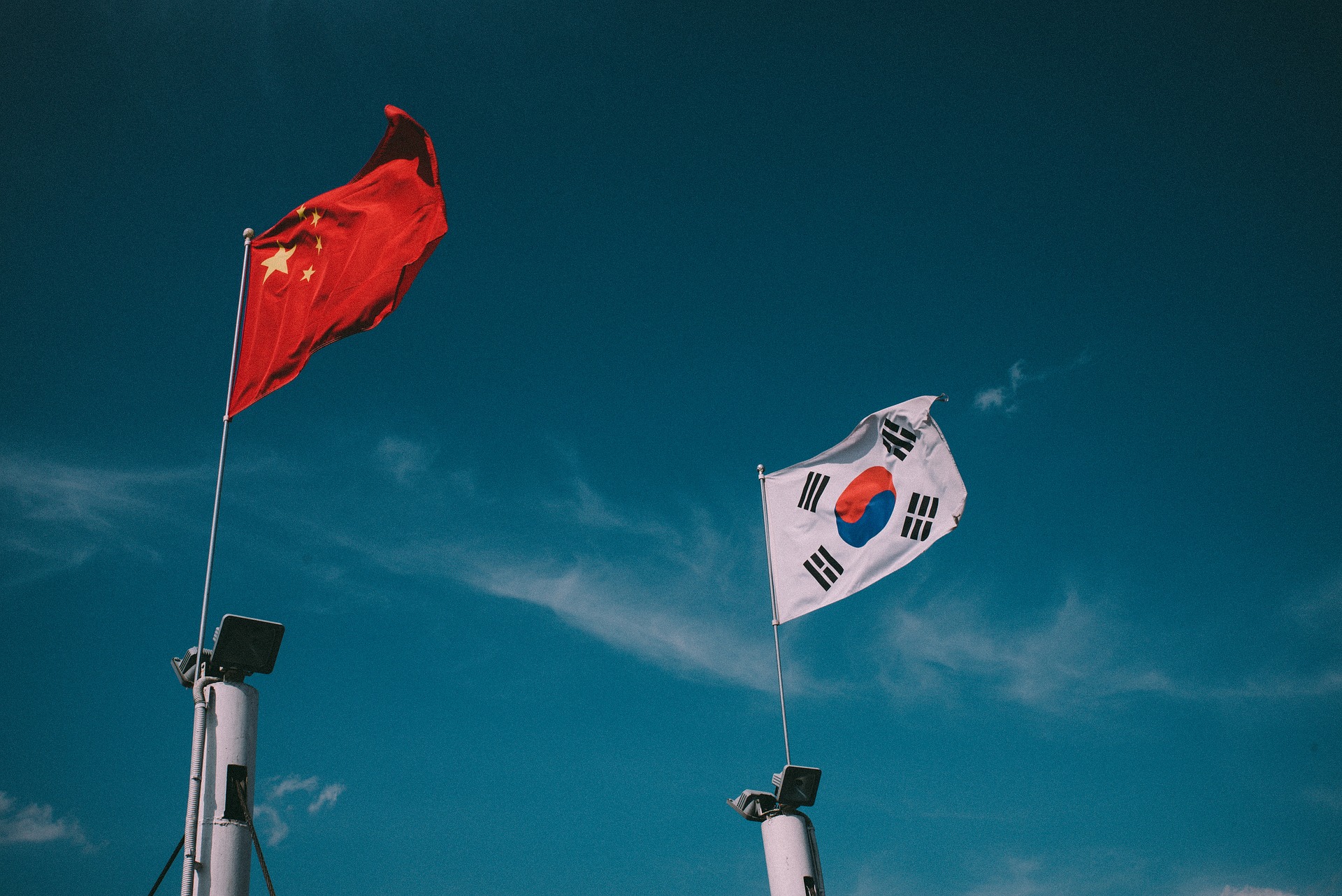In today’s globalized world, the influence of culture and trends from different countries has become increasingly prominent. Two noteworthy phenomena, Guochao in China and Hallyu from South Korea, have influenced consumption choices of luxury, food and beverages, fragrances, and many other goods and services. Recognizing the potential of these movements, many brands have actively embraced and leveraged Guochao and Hallyu to keep their existing customer base while also attracting new ones. Those who have adeptly navigated these trends and incorporated them into their strategies have experienced fruitful outcomes and success in the market.
From tradition to innovation: Exploring Guochao in Chinese consumer culture
Guochao (国朝 in Chinese), literally meaning “national trend/wave”, refers to the consumers’ preference for Chinese brands, designs, and culture. It goes beyond seeking products solely based on being “made in China” and instead focuses on innovation through a distinctly Chinese approach. The emphasis is not on mass production of goods at a low cost, but rather on creating inventive products that combine traditional Chinese elements with modern ones, evoking a feeling of national pride.
From BTS to K-Beauty: Exploring the phenomenon of Hallyu and its global influence
Hallyu (한류 in Korean), or the “Korean Wave”, is a term that describes the spread of South Korean culture and entertainment. The phenomenon covers a broad range of areas, including Korean music, cuisine, language, and tourism, and extends across continents, including North America and Europe. Popular associations with Hallyu include BTS, BLACKPINK, kimchi, Squid Game, among many.
Differences between Hallyu and Guochao
Guochao’s impact is mostly directed internally – at least for now
The influence of Guochao is evident in the Chinese market. Consumers are increasingly favoring Chinese domestic brands like Li-ning and Florasis, which aren’t necessarily lower in quality but rather high in quality and innovation. They are also preferring them due to remaining uncertainties of foreign relations and the government support for consumer demand.
Given that Guochao is still transforming what it means to be “made in China”, it may take several years, if not decades, for the trend to expand beyond China’s borders. This is partly due to China being associated with being cheap and low in quality among other countries. Factors such as delayed development in the manufacturing sector and inadequate quality control have contributed to this perception. Nonetheless, as more consumers recognize the quality and innovation of Guochao products, it’s possible to see an increase in the trend’s popularity globally.
Hallyu’s impact goes global
Unlike Guochao, Hallyu’s influence expands beyond South Korea’s borders. Even the term itself was popularized after Korean TV dramas, like “What is love?” and K-pop bands like H.O.T., gained popularity in China and then in other parts of the world such as Japan and the West. K-pop, often linked with Hallyu, has gained a significant following worldwide, especially among individuals residing in Europe and North America.
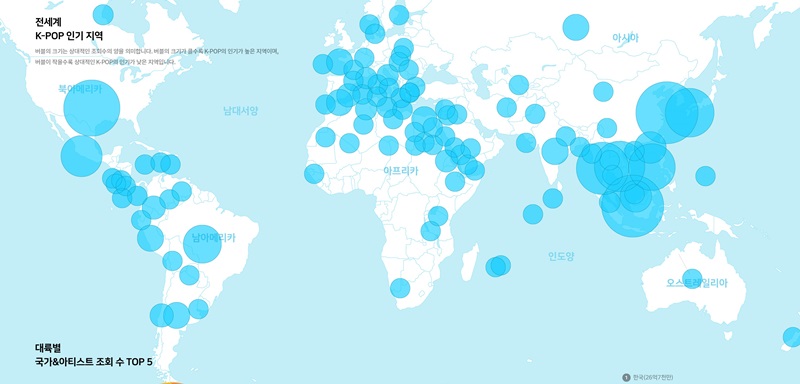
Similarities between Guochao and Hallyu
Popular particularly among the young people
The Guochao and Hallyu trends primarily appeal to the younger generations, such as the MZ Gen (Millennials and Generation Z). The Gen Z in China is willing to support domestic products across different industries, including fashion, household supplies, and home appliances. They do so because they have high confidence in their national identity and traditional culture, and they have access to digital platforms that promote local brands despite many foreign brands being dominant. As for Hallyu, it has attracted many young people. To illustrate, in an online survey on tourists visiting for K-pop and Hallyu experiences, 21.1% of the 928 respondents belonged to the age range of 15 to 29 years old.
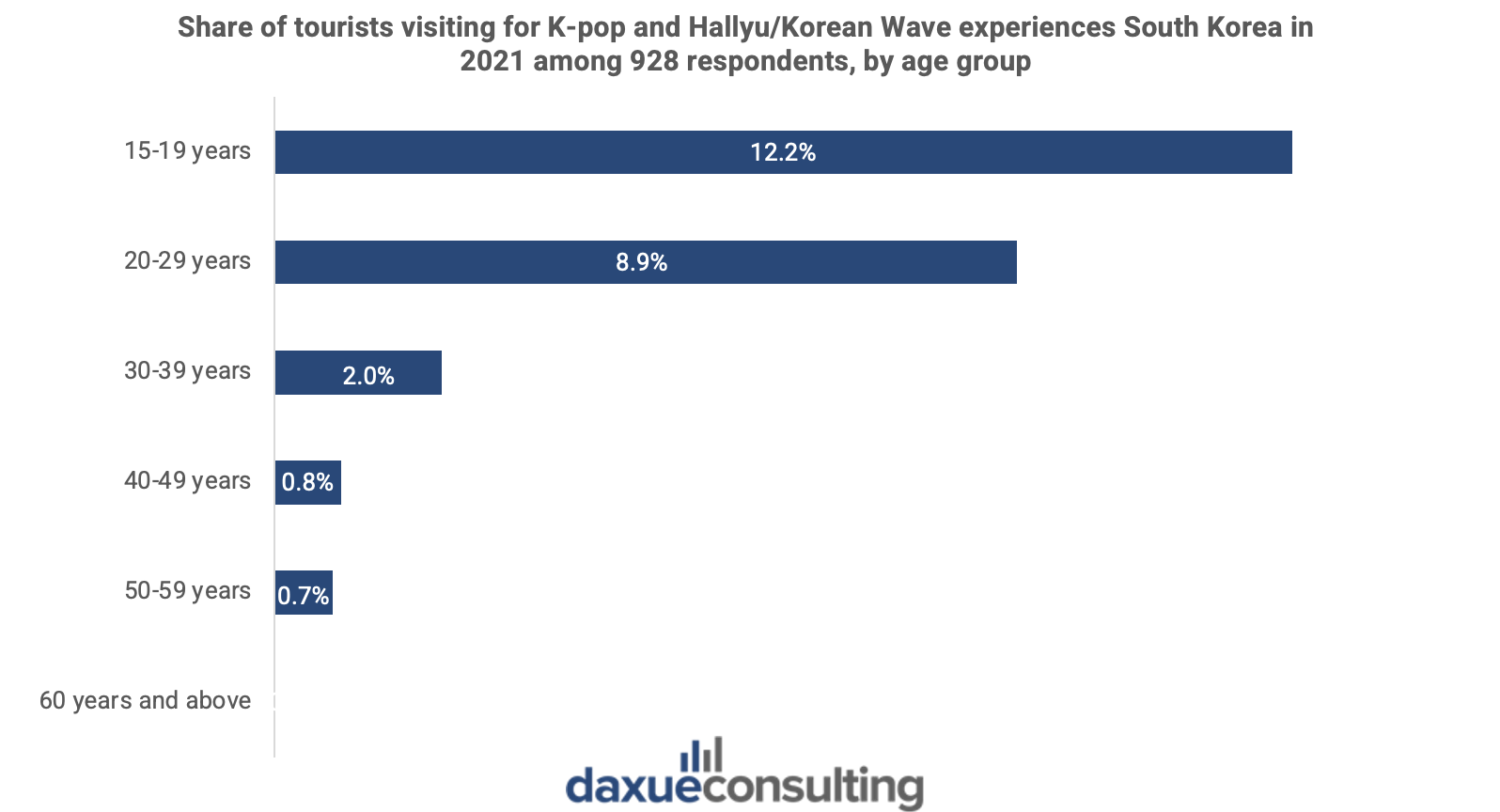
The government backs the trends, promoting local culture and boosting domestic economies
In South Korea and in China, the governments support the Hallyu and Guochao trends, respectively, which increases greater awareness and understanding of the local culture among foreigners and the growth of the domestic economies.
Chinese government support for Guochao
In China, the government has been promoting “cultural confidence” as well as the “dual circulation,” which aims to prioritize both the growth of both exports and domestic consumption, with the two mutually reinforcing each other. Additionally, the government support for certain issues related to foreign consumption could fuel growth for local brands. For example, in 2021, the government’s response to the UN’s report on the Xinjiang cotton incident led people to boycott numerous foreign brands including Nike, Burberry, and H&M, and support local brands like Lining.
South Korean government support for Hallyu
South Korea’s government has been supporting Hallyu since the early 1990s by providing support and encouraging development rather than directing it. The Ministry of Unification, for example, arranged famous people like K-pop group Red Velvet and balladeer Baek Jiyoung to perform in Pyongyang, North Korea in 2018, as part of a cultural exchange event between North Korea and South Korea. This didn’t only receive attention from local residents, but also from around the world.
The government also provided financial support for Hallyu. In 2021, the Ministry of Culture, Sports, and Tourism announced it passed the budget of KRW 7.15 trillion (or USD 5.34 billion) for 2022. The Yoon Suk-yeol administration aims to support the Hallyu trend, with the belief that Korean cultural products can boost the economy.
Hallyu trend spreading to China and other parts of the world
K-dramas, movies, and other forms of culture going viral in China
When it comes to Korean dramas and movies, they have gained a lot of popularity in China. For instance, despite not being legally available in China, The Glory (더 글로리), Squid Game (오징어 게임), and Extraordinary Attorney Woo (이상한 변호사 우영우), and other Korean content have been widely watched in China. When Squid Game went viral in China, many people began to follow the dalgona trend and numerous products and merchandise related to it were sold on various online and offline platforms. Additionally, there are trends in other sectors such as the Korea F&B culture that started in South Korea and then spread to China.
Product placement in K-dramas to target worldwide viewers
As South Korean TV series are watched from people all over the world, Chinese and other foreign brands are leveraging embedded marketing to promote their brands and products. Chinese brands have appeared in several TV series, such as Chinese brand Zi Hai Guo’s instant rice meal appearing in one of the scenes in Vincenzo (빈센조) and e-commerce platform JD.com advertisements in True Beauty (여신강림). Although South Korean netizens weren’t happy about them, they do bring exposure of Chinese brands and products among international viewers.
In Malaysia, McDonalds brought back its Spicy Korean Burger, featuring a kimchi-seasoned beef patty with a spicy Korean sauce, as part of its ‘Discover the World’ campaign in 2019. The burger had received a very positive response from people when it was first introduced in 2017. In addition to that, McDonalds collaborated with K-pop group BTS to create the “BTS meal”, which features ten Chicken McNuggets, medium-sized fries, a Coke, and two new dipping sauces based on recipes from South Korea.

From love to hate: How brands are leveraging Guochao, eliciting nostalgia and even controversy
Brands are creating innovative products that promote Chinese traditions and customs while incorporating modern elements. In 2019, Chinese brand Scent Library (氣味圖書館) and traditional confectionery brand White Rabbit (大白兔) successfully hopped on the trend. From March 23rd to March 24th, they launched the “Happy Childhood Fragrance Series”, which included the White Rabbit inspired perfume, shower gel, body lotion, hand cream, car fragrance, aromatherapy, and other products. Even prior to the release, many Chinese netizens shared their excitement, reminiscing about White Rabbit as part of their childhood. The response was remarkable, with 4,000 sets sold in less than a minute.
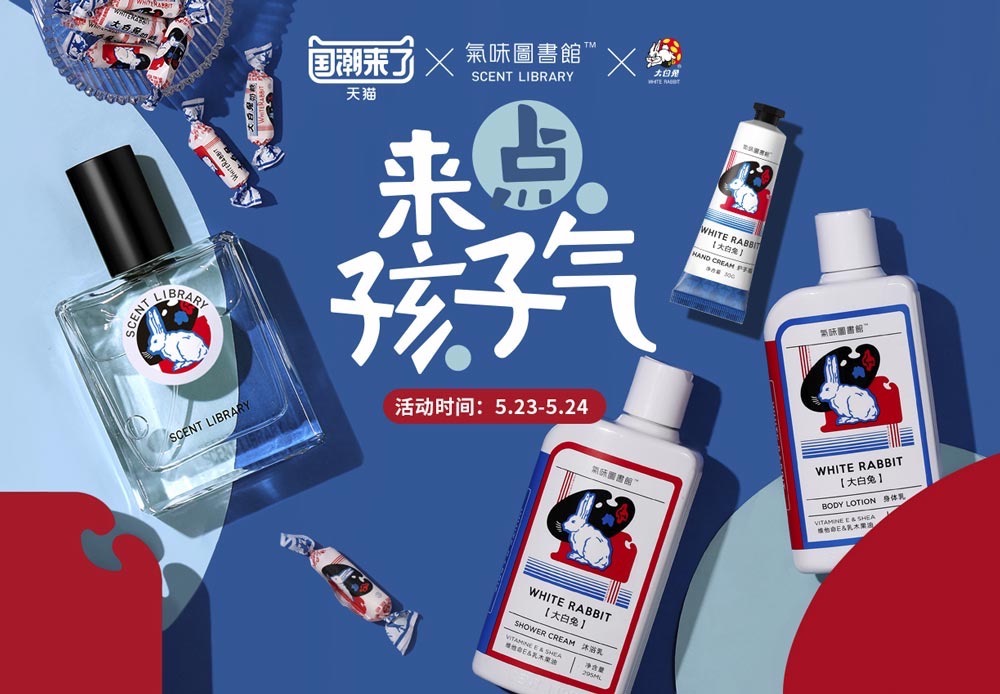
However, not all Guochao marketing cases are successful, as illustrated from two examples in the luxury market in China. Dior’s 2022 release of a pleated skirt sparked outrage among Chinese people. Despite the brand’s attempt to create a product that reflects Chinese culture and heritage, it was criticized for plagiarizing the traditional Chinese hanfu.
Similarly, in 2021, Burberry’s New Year campaign faced ridicule from netizens. The campaign introduced coats, bags, and other items that merged the brand’s signature check designs with the Chinese zodiac ox. It even included real cows, an exclusive cow-inspired logo, and the popular color red, but many made fun of it. Several users commented that the tote bag carried by model Liu Wen looked cheap and resembled the common woven bags used to carry groceries, picnic essentials, or personal suggestions, even potentially suggesting that she had rescued the campaign from looking too unappealing.
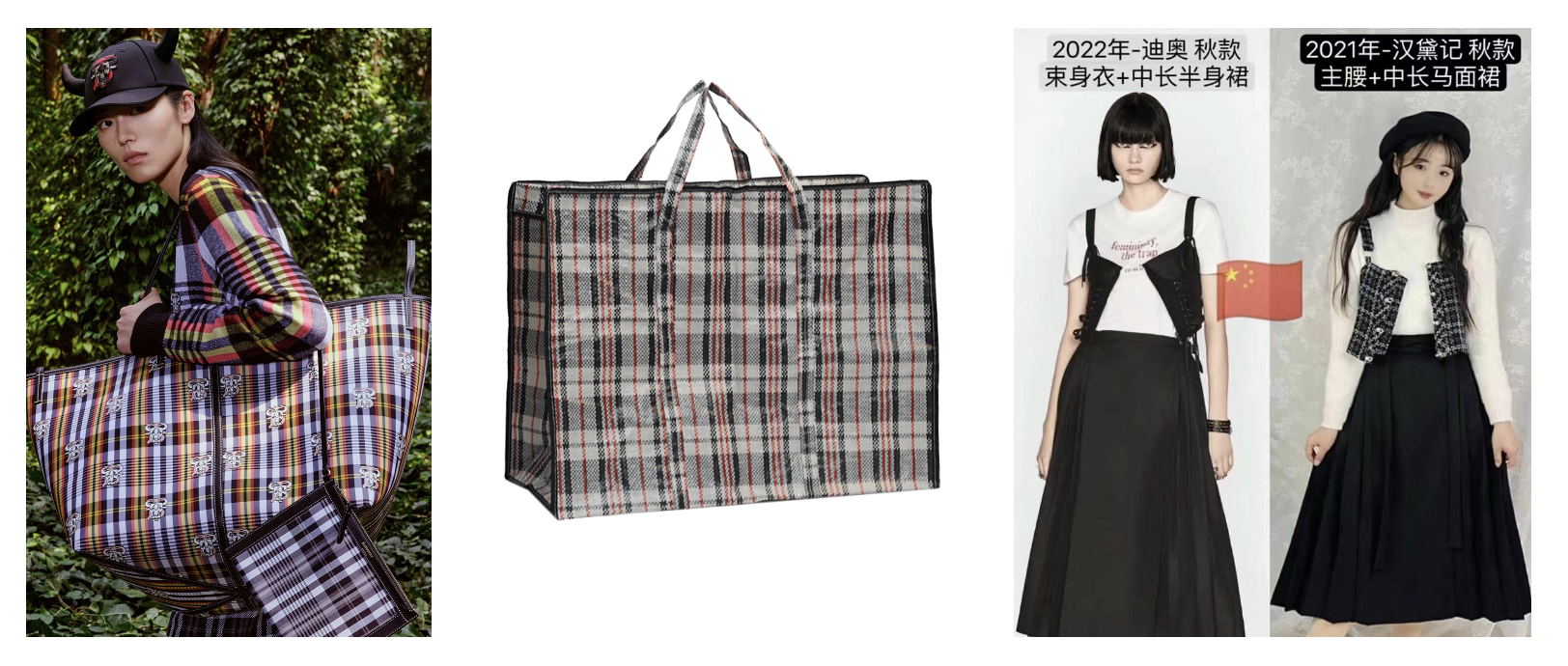
Exploring Guochao and Hallyu and capitalizing on their widespread influence:
- Guochao, which means “national trend/wave” in China, and Hallyu, which means “Korean wave,” are two movements that have influenced consumer preferences and choices.
- Guochao’s impact has primarily been within China, while Hallyu has expanded globally, reaching continents like Europe and North America.
- Despite their differences, they share similarities. Both movements have resonated with younger generations, especially Gen Z. Additionally, the governments have shown support through financial assistance and public endorsement.
- The popularity of K-dramas, K-movies, K-food, and other Korean cultural elements has led to collaborations and product placements by foreign businesses looking to capitalize on the trend.
- Guochao is also trending in China, with both foreign and local businesses incorporating Chinese elements into their campaigns and products to cater to the growing demand.
Enter your email to download our full Korea Consumer Trends report



